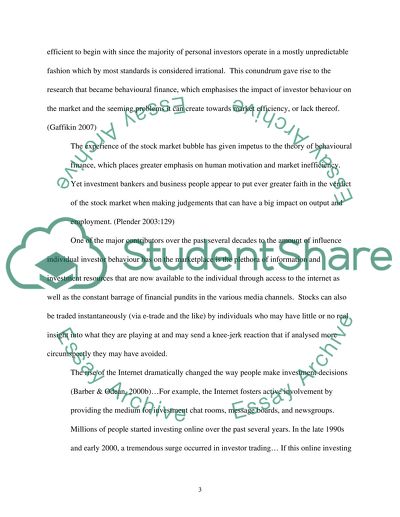Cite this document
(“Behavioural Finance Essay Example | Topics and Well Written Essays - 1500 words”, n.d.)
Retrieved from https://studentshare.org/finance-accounting/1407688-financial-service
Retrieved from https://studentshare.org/finance-accounting/1407688-financial-service
(Behavioural Finance Essay Example | Topics and Well Written Essays - 1500 Words)
https://studentshare.org/finance-accounting/1407688-financial-service.
https://studentshare.org/finance-accounting/1407688-financial-service.
“Behavioural Finance Essay Example | Topics and Well Written Essays - 1500 Words”, n.d. https://studentshare.org/finance-accounting/1407688-financial-service.


